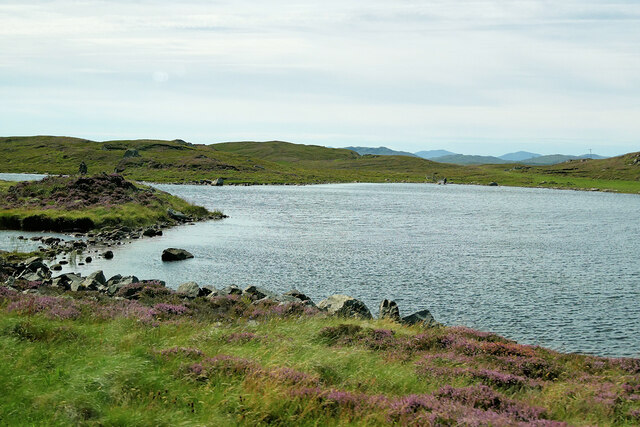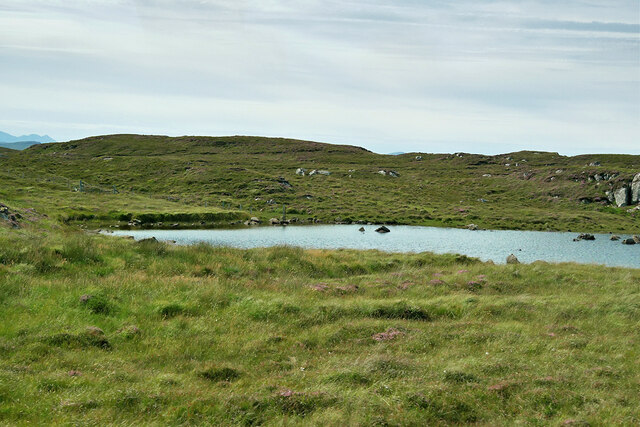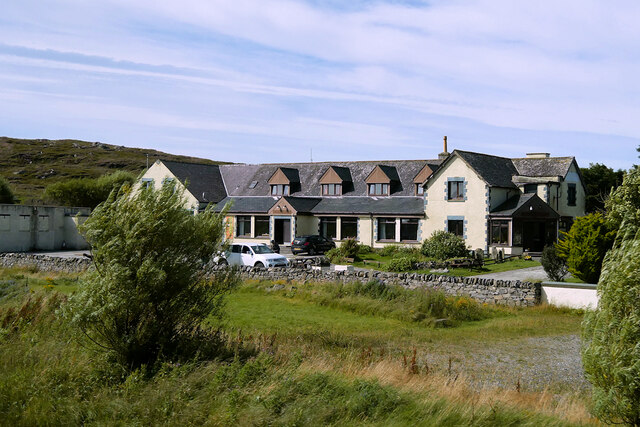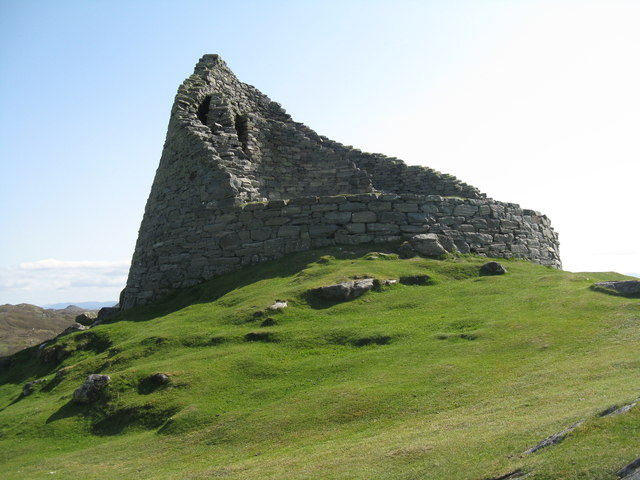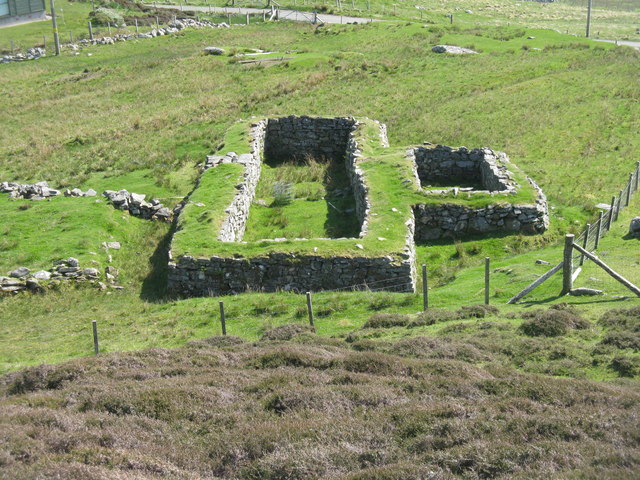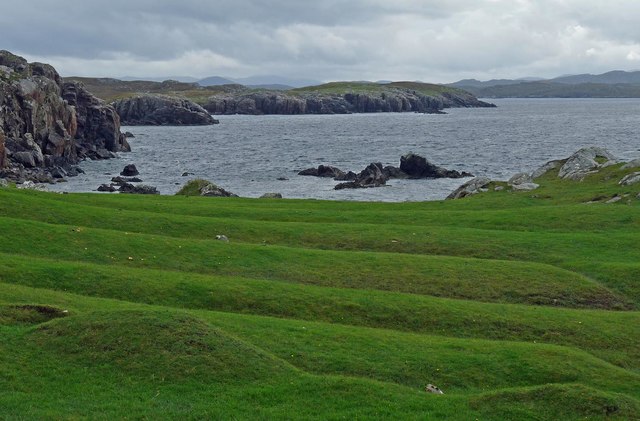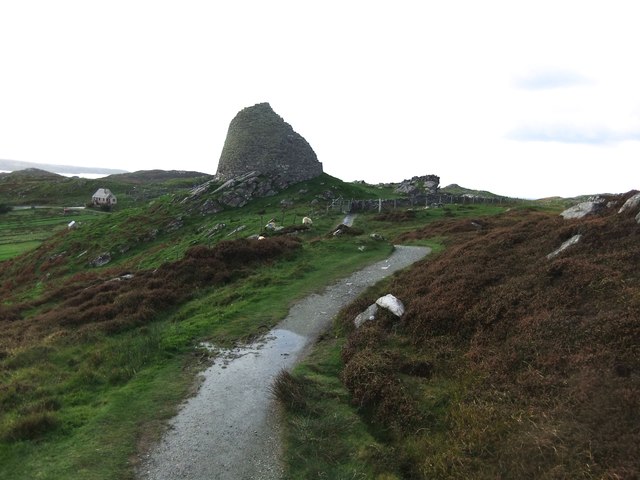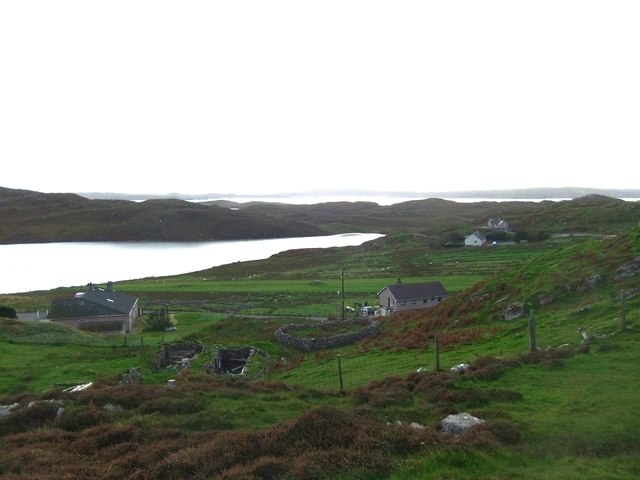Rubha a' Choin
Coastal Feature, Headland, Point in Ross-shire
Scotland
Rubha a' Choin
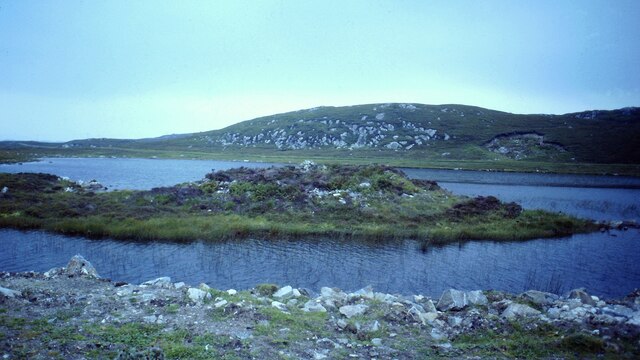
Rubha a' Choin is a prominent headland located in Ross-shire, Scotland. Situated on the western coast of the Scottish Highlands, this coastal feature juts out into the North Atlantic Ocean, offering breathtaking views and a rugged, picturesque landscape. The name "Rubha a' Choin" translates to "Point of the Dog" in English.
The headland is characterized by its steep cliffs, weathered by the relentless pounding of the waves. These cliffs rise dramatically from the sea, reaching heights of up to 100 meters in some areas. The rugged terrain is composed of ancient rocks such as gneiss and granite, giving the area its distinctive appearance.
Visitors to Rubha a' Choin can enjoy stunning panoramic views of the surrounding coastline, with its pristine sandy beaches and crystal-clear turquoise waters. The headland is also home to a variety of seabirds, including puffins, guillemots, and razorbills, which nest in the cliffs during the breeding season.
The area surrounding Rubha a' Choin offers opportunities for outdoor activities such as hiking and birdwatching. There are several walking trails that lead to the headland, providing access to the stunning coastal scenery. The headland is also a popular spot for fishing, with anglers often trying their luck from the rocks.
Overall, Rubha a' Choin is a captivating coastal feature that showcases the raw beauty of the Scottish Highlands. Its rugged cliffs, stunning views, and diverse wildlife make it a must-visit destination for nature enthusiasts and those seeking a peaceful escape in the heart of nature.
If you have any feedback on the listing, please let us know in the comments section below.
Rubha a' Choin Images
Images are sourced within 2km of 58.253947/-6.8094299 or Grid Reference NB1739. Thanks to Geograph Open Source API. All images are credited.
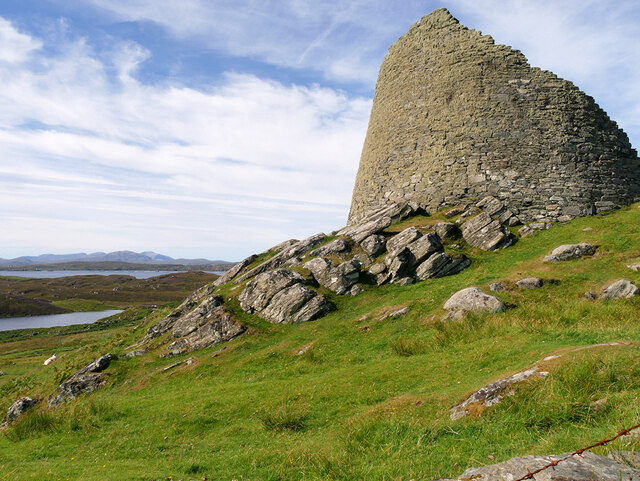
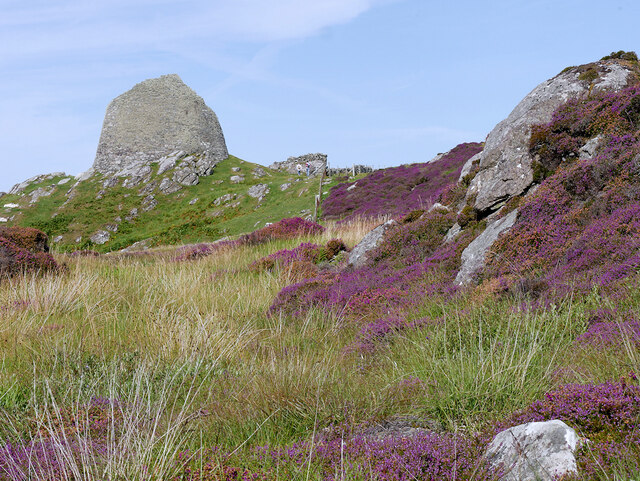
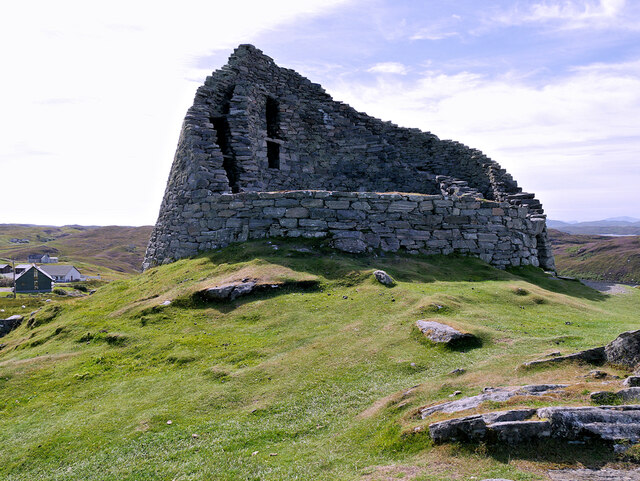
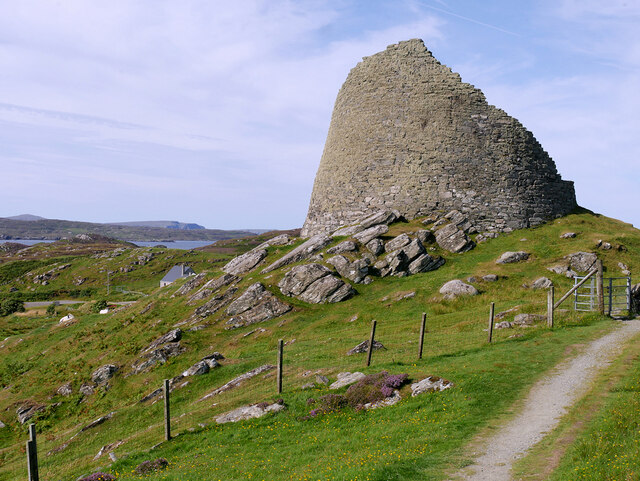
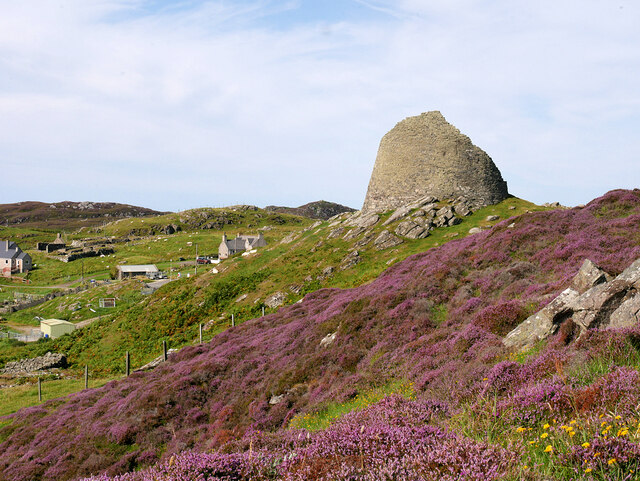
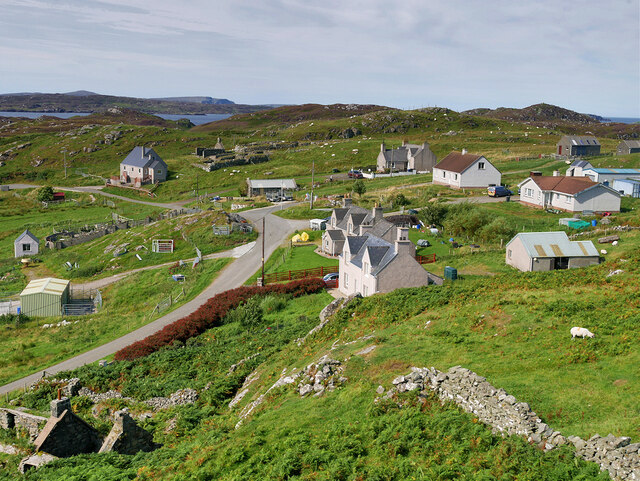
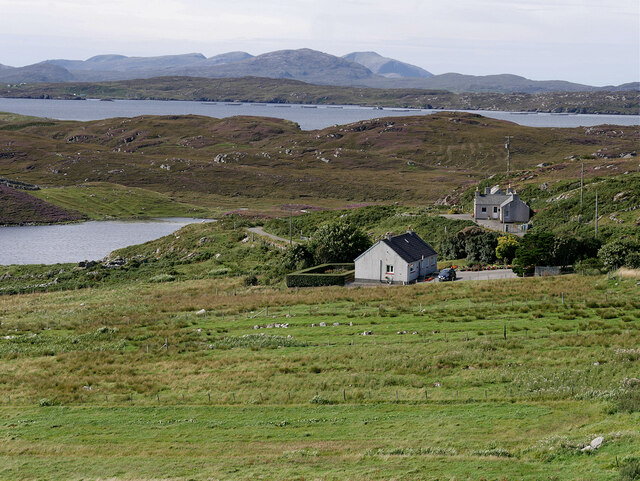
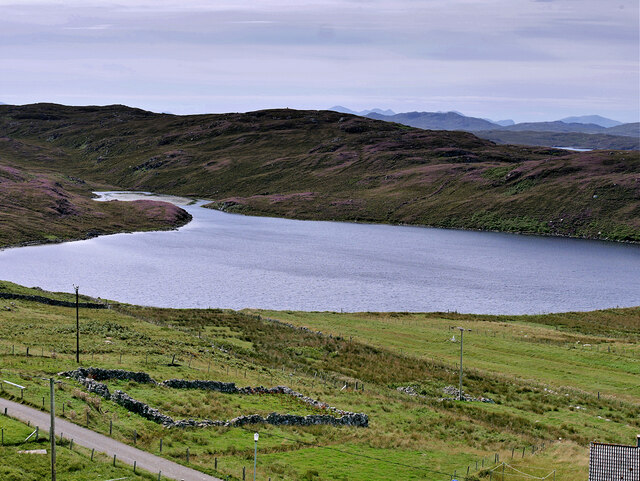
Rubha a' Choin is located at Grid Ref: NB1739 (Lat: 58.253947, Lng: -6.8094299)
Unitary Authority: Na h-Eileanan an Iar
Police Authority: Highlands and Islands
What 3 Words
///rings.corporate.whizzed. Near Carloway, Na h-Eileanan Siar
Nearby Locations
Related Wikis
Dun Carloway
Dun Carloway (Scottish Gaelic: Dùn Chàrlabhaigh) is a broch situated in the district of Carloway, on the west coast of the Isle of Lewis, Scotland (grid...
Tolsta Chaolais
Tolsta Chaolais (also Tolastadh Chaolais, Tolstadh a' Chaolais) is a village on the Isle of Lewis, Scotland. It consists of about forty houses, clustered...
Breaclete
Breacleit (or Roulanish; Scottish Gaelic: Breacleit; Old Norse: Breiðiklettr) is the central village on Great Bernera in the Outer Hebrides, Scotland....
Borrowston, Lewis
Borrowston (Scottish Gaelic: Borghastan), with a population of about 50, is a crofting township situated on the Isle of Lewis, on the Outer Hebrides of...
Have you been to Rubha a' Choin?
Leave your review of Rubha a' Choin below (or comments, questions and feedback).
